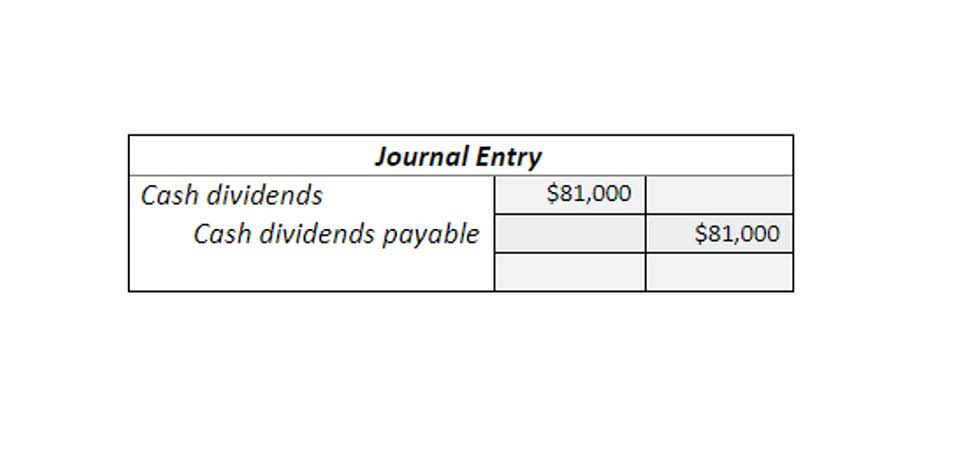
Gross profit margin is a profitability ratio that is found by dividing a company’s gross profit by its revenues. The cost of goods sold, or cost of sales, and contra asset account sales revenues are both found on a company’s income statement. Understanding the ratio of net income to total sales is crucial for assessing a company’s profitability and operational efficiency. This financial metric, often referred to as the net profit margin, reveals how effectively a company converts sales into actual profit after accounting for all expenses. The profit margin ratio determines the percentage of a company’s sales that consists of income.
Formula and Calculation of Gross Margin
- Gross profit is revenue less the cost of goods sold and is expressed as a dollar figure.
- One of the most effective ways to improve your gross margin is to increase your sales volume.
- Monica owns a clothing business that designs and manufactures high-end clothing for children.
- The company’s bottom line is important for investors, creditors, and business decision makers alike.
- Nevertheless, stock analysts and investment pundits make the best estimates they can for the margins of businesses they analyze.
- Finally, gross margin is an important metric for investors and lenders because it gives them an idea of how profitable your business is.
- Oftentimes, investors, analysts, and creditors make use of this metric to determine a company’s ability to convert profit made from sales into net income.
This means the goods that she sold for $1M only cost her $350,000 to produce. Now she has $650,000 that can be used to pay for other bills like rent and utilities. Boost your confidence and master accounting skills effortlessly with CFI’s expert-led courses! Choose CFI for unparalleled industry expertise and hands-on learning that prepares you for real-world success. Shaun Conrad is a Certified Public Accountant and CPA exam expert with a passion for teaching.

Gross Profit Margin Ratio Analysis
Margin ratios provide business insights far beyond their initial profitability measurements. They are vital diagnostic metrics that can help you identify growth areas, calculate your bottom line, and increase your company’s overall valuation. In Strategic Financial Analysis, Srinivasan uses the example of streaming platform Netflix to show how margin ratios provide the necessary data to evaluate profitability over time. The firm’s net profit margin, which is calculated by subtracting selling, general, and administrative expenditures, is shown as the gross profit margin. One common approach that companies might employ when facing a declining gross margin is to reduce labor costs.
- As stated earlier, there are additional business expenses and other profitability ratios, however this formula can help review the actual production process.
- This margin indicates that 40% of the company’s revenue is available to cover interest, taxes, depreciation, and amortization, as well as generate profit.
- In that case, you’d have a significantly different margin ratio than if you compared your company-wide sales to the full scope of your operating costs.
- Both the total sales and cost of goods sold are found on the income statement.
- So, a good net profit margin to aim for as a business owner or manager is highly dependent on your specific industry.
Example of Gross Profit Margin Formula
Typically, a company with high value add like a service company will have a high gross margin, while a trading business adds less value to the product Sales Forecasting and therefore typically has low gross margin. The gross profit line item can be calculated by subtracting COGS from revenue, while the gross margin can be calculated by dividing the gross profit by revenue. The net profit margin ratio formula shows the relationship between a firm’s net profit and its net sales or revenue. As earlier stated, the net profit margin is the most comprehensive metric that shows the actual profitability of a firm. However, a credible analysis of a company’s gross margin is contingent on understanding its business model, unit economics, and specific industry dynamics.
- The COGS Margin is the ratio between a company’s cost of goods sold and revenue, expressed in the form of a percentage.
- It shows how much profit a company makes after paying off its Cost of Goods Sold (COGS).
- The gross profit line item can be calculated by subtracting COGS from revenue, while the gross margin can be calculated by dividing the gross profit by revenue.
- It can then use the revenue to pay other costs or satisfy debt obligations.
- Download CFI’s Excel template to advance your finance knowledge and perform better financial analysis.
The Financial Modeling Certification
In this article, I’m going to explain what gross margin is, why it’s important, and how you can improve it for your own business. This result indicates that Company A retains 40% of its revenue as gross profit after covering the direct costs of production. Margins for the utility industry will vary from those of companies in another industry. According to a New York University analysis of industries in January 2024, the average net profit margins range from nearly 30% for banks to -16% for software development.


The gross profit ratio focuses on the relationship between sales and the cost of goods sold (COGS), highlighting efficiency in managing production and procurement costs. By closely monitoring their gross margins and implementing targeted improvements, companies can maximize their profits and remain competitive in their industries. It’s essential to remember that various industries may have varying gross margins depending on their business models. Knowing the industry average for gross margin can help investors and analysts determine if a company is outperforming or underperforming its competitors. Gross profit is the difference between a company’s revenue or sales and its cost of goods sold (COGS). Gross profit is typically expressed as an absolute dollar figure, and it’s found on a company’s income statement.

Gross Profit Margin Ratio vs. Operating Profit Margin Ratio
By putting the gross margin calculation into a percentage format, management can analyze profitability trends year over year without regard to fluctuations in sales. Gross profit can be calculated by subtracting the cost of goods sold from a company’s revenue. It sheds light on how much money a company earns after factoring in production and sales costs. The gross profit percentage formula is calculated by subtracting cost of goods sold from total revenues and dividing the difference by total revenues. Usually a gross profit calculator would rephrase this equation and simply divide the total GP dollar amount we used above by the total revenues. The COGS margin is calculated by dividing a company’s cost of goods sold (COGS) by its revenue, while the which ratio is found by dividing gross margin by sales? gross margin is calculated by dividing a company’s gross profit by revenue.






